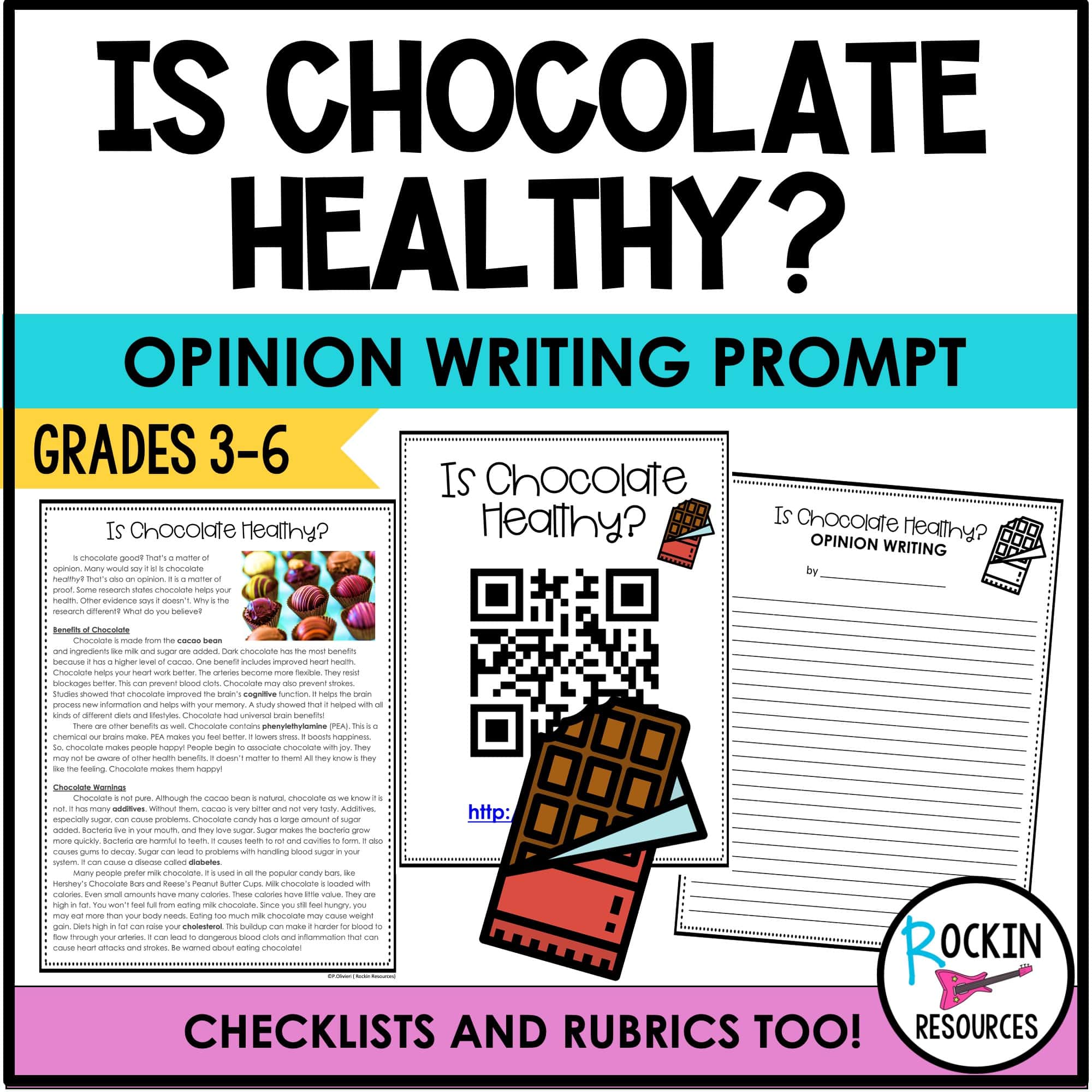WHAT WILL YOU FIND IN THIS RESOURCE?
1. TEACHER NOTES: It has SCRIPTED lesson plans and ideas, links to the GOOGLE resources, answer keys, a checklist, and a rubric.
2. ANCHOR CHARTS: There are anchor charts to teach every skill in GOOGLE and PowerPoint.
3. DIGITAL INTERACTIVE NOTE-TAKING: They are included for every skill. They have directions and fill-in-the-box. It is in GOOGLE and PowerPoint.
4. INTERACTIVE PRACTICE: There are practice slides for some of the mini-lessons. They have text boxes. These are great for independent work and homework. It is in GOOGLE and PowerPoint.
5. SELF-CHECK PRACTICE 1: It comes in Google Slides or PowerPoint and needs to be placed in presentation mode. Students click the answers and it automatically tells them if they are right or wrong. If it is wrong, it goes back to the question. This one does not track and report the right and wrong answers. There are 16 questions per skill (Argumentative Elements, Author’s Purpose, Transition Words, Argumentative Word Choice.)
6. SELF-CHECK PRACTICE 2 C.U.P.S.: It is set up the same as the SELF-CHECK PRACTICE 1. There are 16 questions per skill (Capitalization, Usage, Punctuation, Spelling)
7. MODEL AND APPLY: For each lesson, there is a model of that skill that builds into an effective essay. There is also a place for students to apply that skill to build their essay.
8. ASSESSMENT 1 ARGUMENTATIVE ELEMENTS: This is only offered in GOOGLE FORMS for automatic grading.
9. ASSESSMENT 2 CUPS: There are two versions. One in PowerPoint and one in GOOGLE FORMS for automatic grading.
LIST OF MINI LESSONS
1. What is an argumentative essay? Argumentative Strategies- Warrants, Rebuttals
2. 5 Types of Claims,
3. Argumentative Elements
4. Prewriting- How to Brainstorm
5. Prewriting- Using Graphic Organizers
6. How to Determine Task, Audience, Purpose, Formal Style
8. Writing an Introduction
9. Writing a Body (Power of 3, facts and details)
10. How to Strengthen Claims
11. How to Take Notes, Avoid Plagiarism, Citing Sources
12. Credible Sources, Types of Evidence
13. Writing a Conclusion
14. Strategies to Write a Rough Draft
15. How to Plan a Writing Goal
16. DARE to Revise (How to Delete, Add, Rearrange, Exchange)
17. How to Write a Rockin’ Beginning (Strong Leads)
18. Using Transition Words, Clauses, Phrases
19. Adding Key Words and Phrases
20. How to Provide Sentence Variety
21. How to Write a Jammin’ Conclusion
22. How to Craft a Title
23. CUPS to Edit
24. Editing Capitalization
25. Editing Usage
26. Editing Punctuation
27. Editing Spelling
28. Rules for Peer Reflections
29. Writing a Final Copy
THANK YOU FOR VISITING MY STORE!
PAM










